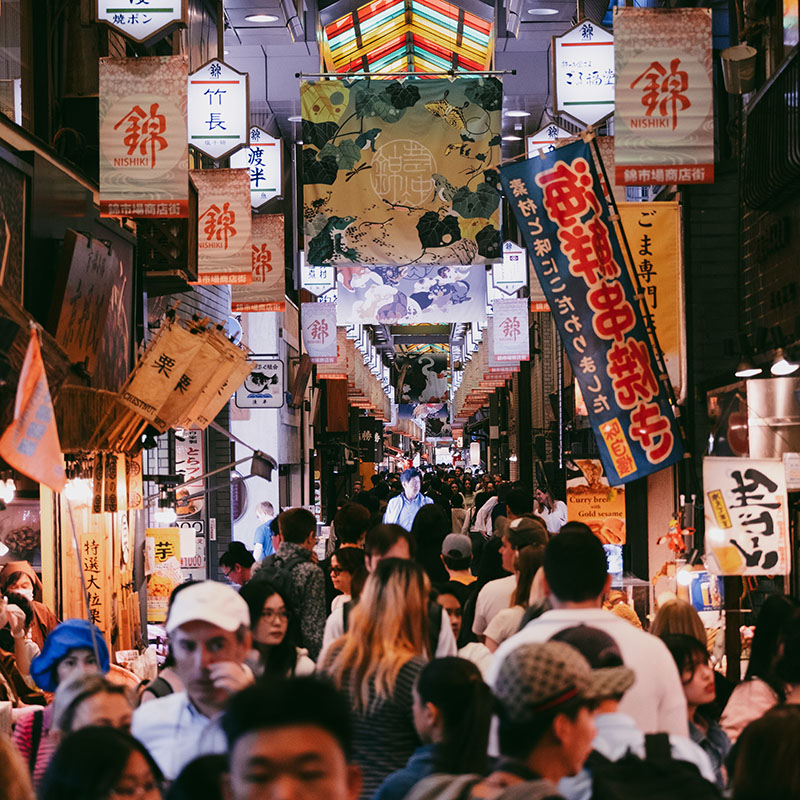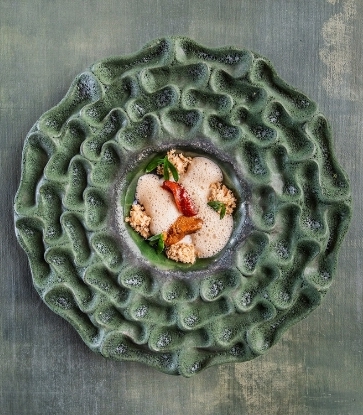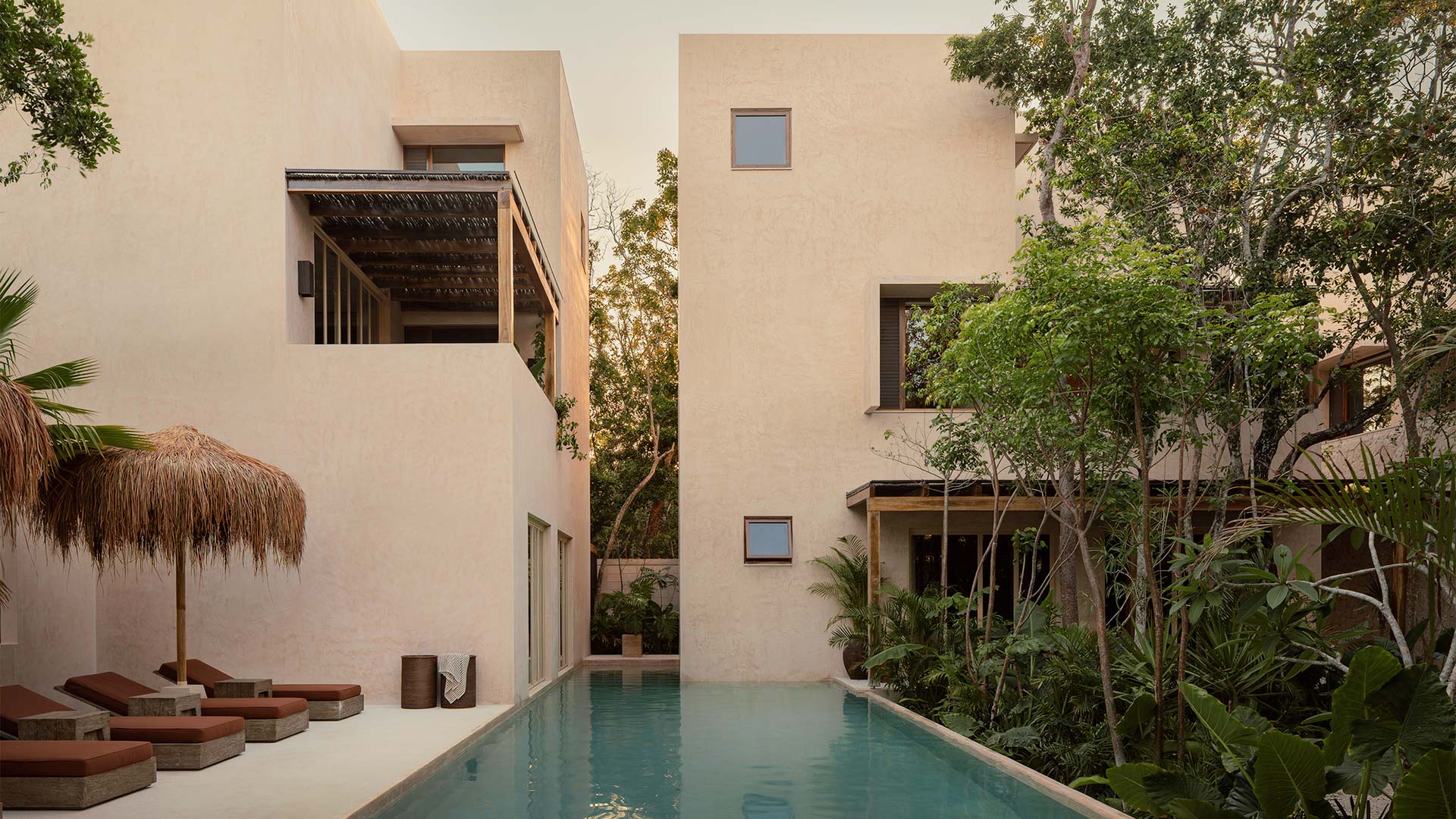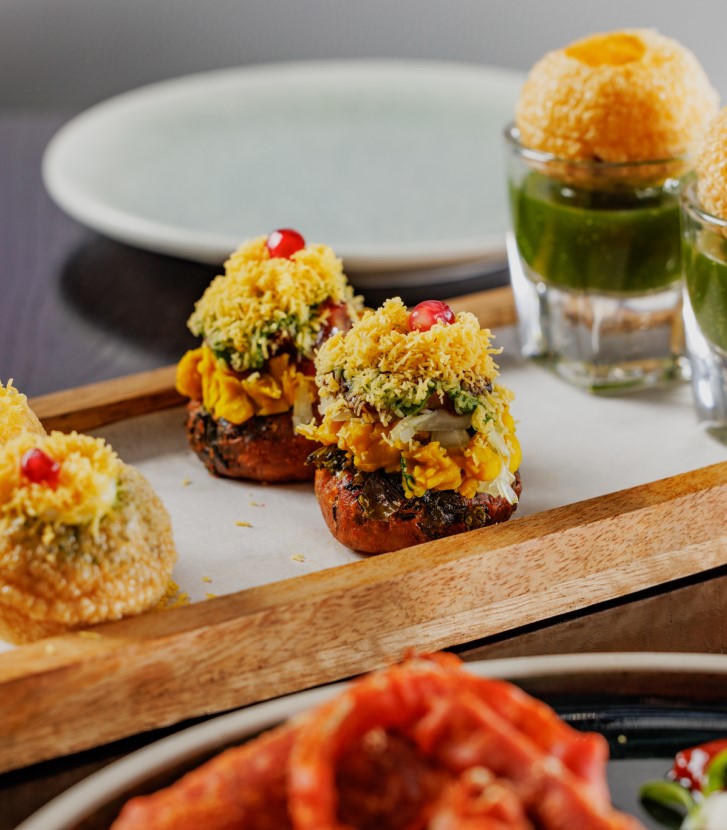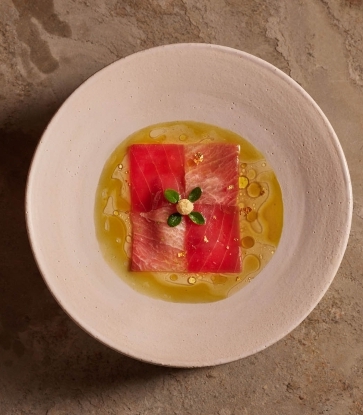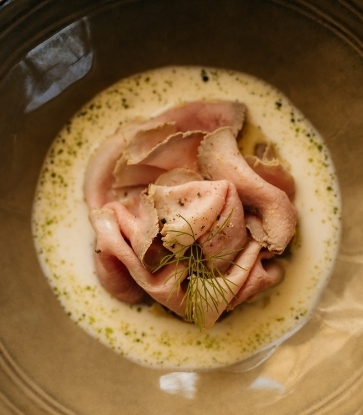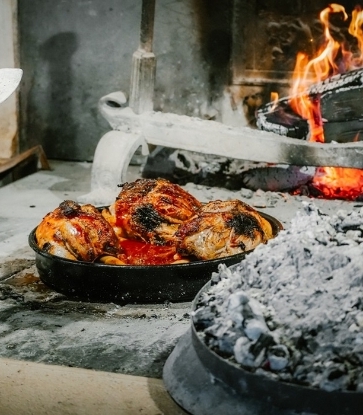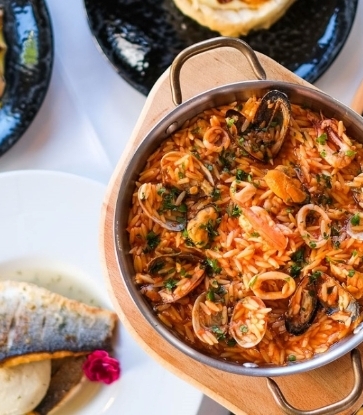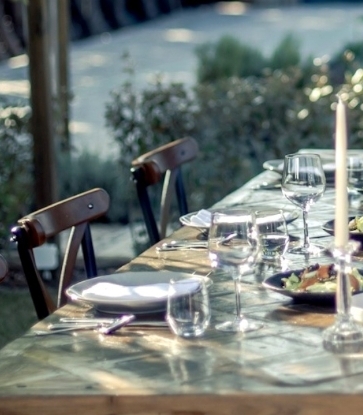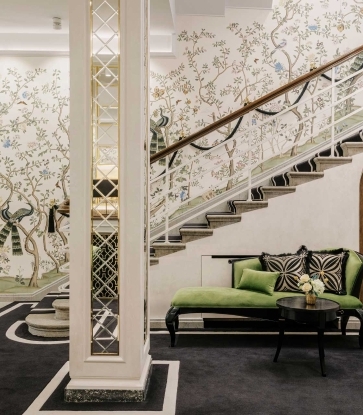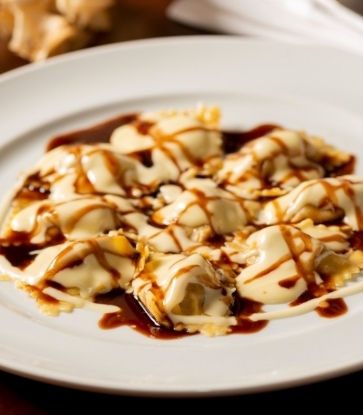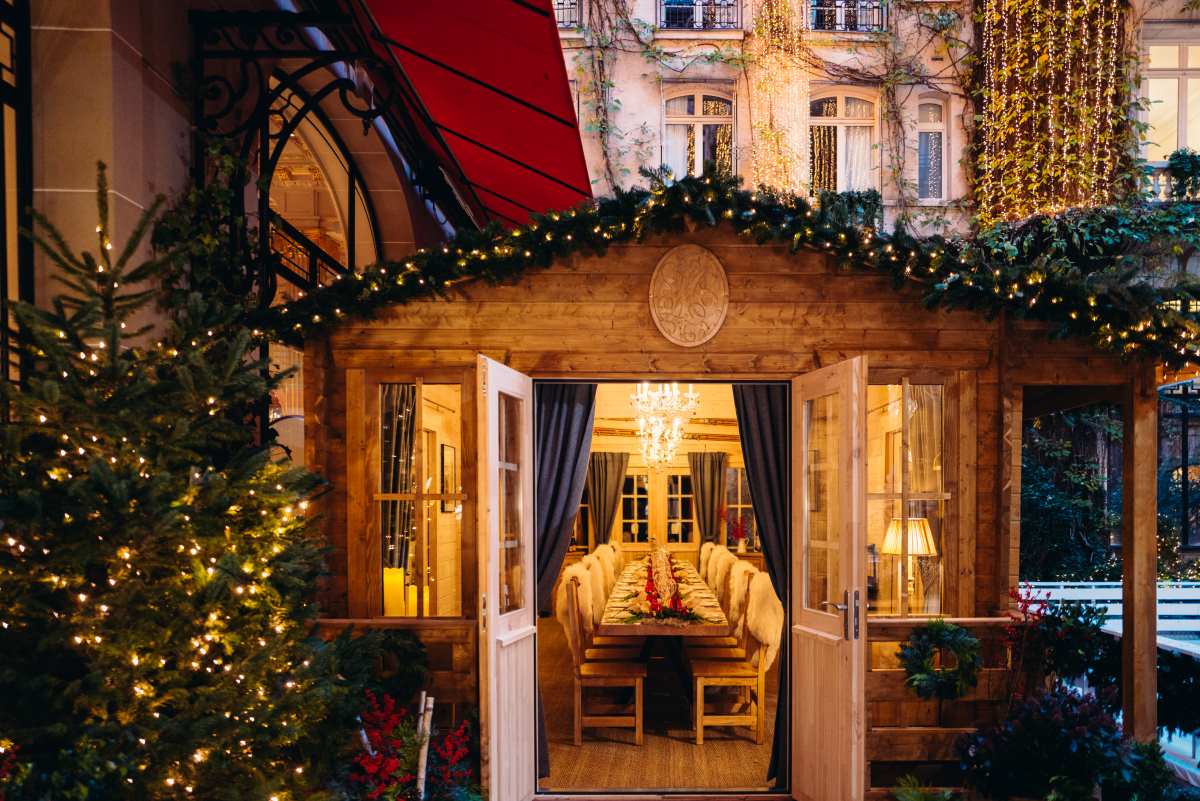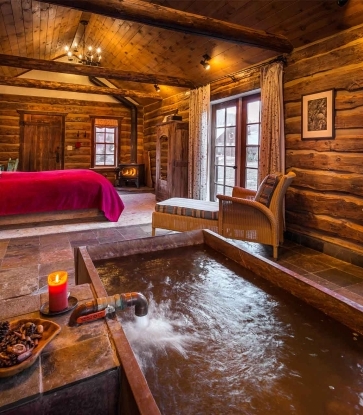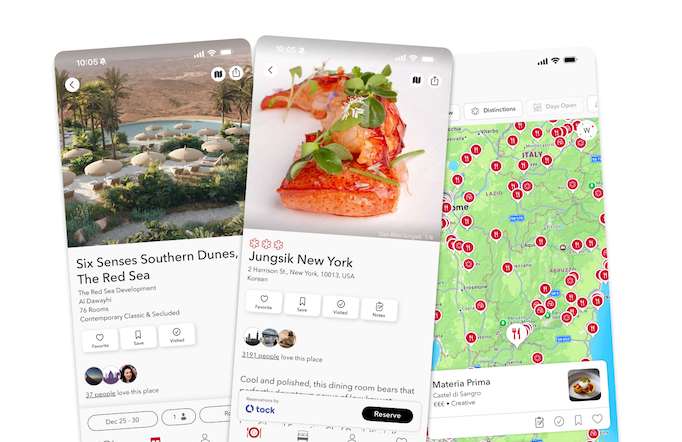Day 1: Higashiyama
Higashiyama in eastern Kyoto is one of the city’s best-preserved historic districts, known for its atmospheric streets and an abundance of temples that attract throngs of visitors. Yet the spirit of old Kyoto is still tangible here, with many shops and buildings retaining their original design, and traditions underpinning the rhythm of daily life.
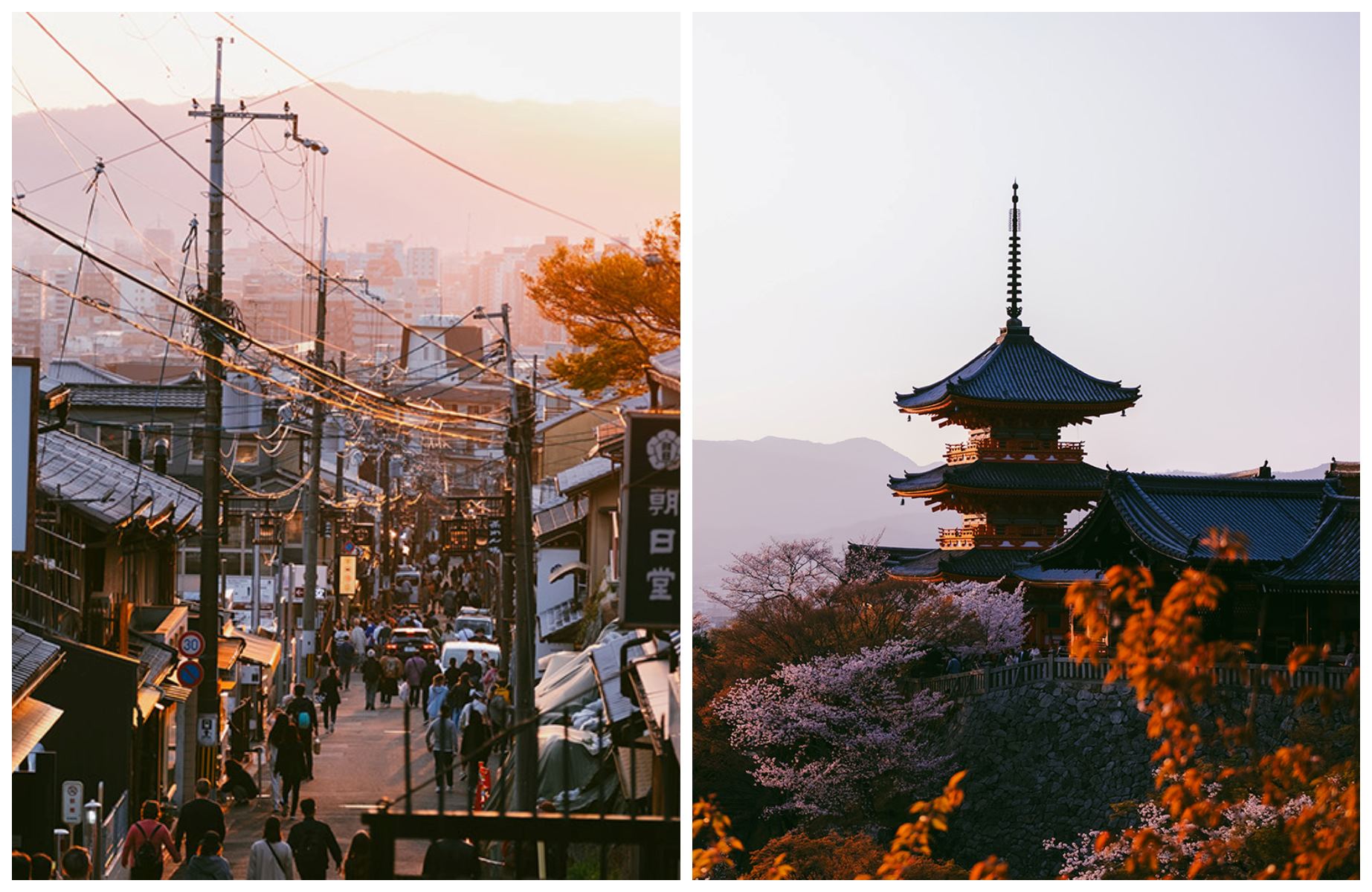
Morning
Fuel up for a day of walking around in Higashiyama with a hearty “morning set” — the Japanese take on a Western breakfast — at a kissaten, a retro-style café. One to try is Ichikawaya Coffee near the Kiyomizu Gojo Station. Situated in a historic machiya (townhouse), it serves hand-roasted coffee in tableware made by the owner’s family. You can easily combine this with a visit to Kawai Kanjiro’s House, just around the corner. The former home of this influential artist contains his ceramics and other works, reflecting the ideals of the mingei (folk craft) movement he helped pioneer.
Head uphill — via Gojo-zaka, a hub for pottery shops — to one of Kyoto’s best-known landmarks, Kiyomizu-dera Temple. Founded in 778, the Buddhist temple sits on a wooded slope and is known for its huge wooden veranda, built without a single nail, where you can enjoy panoramic views of the city. Despite its popularity, the majestic setting encourages a reflective vibe once you’re inside the complex.
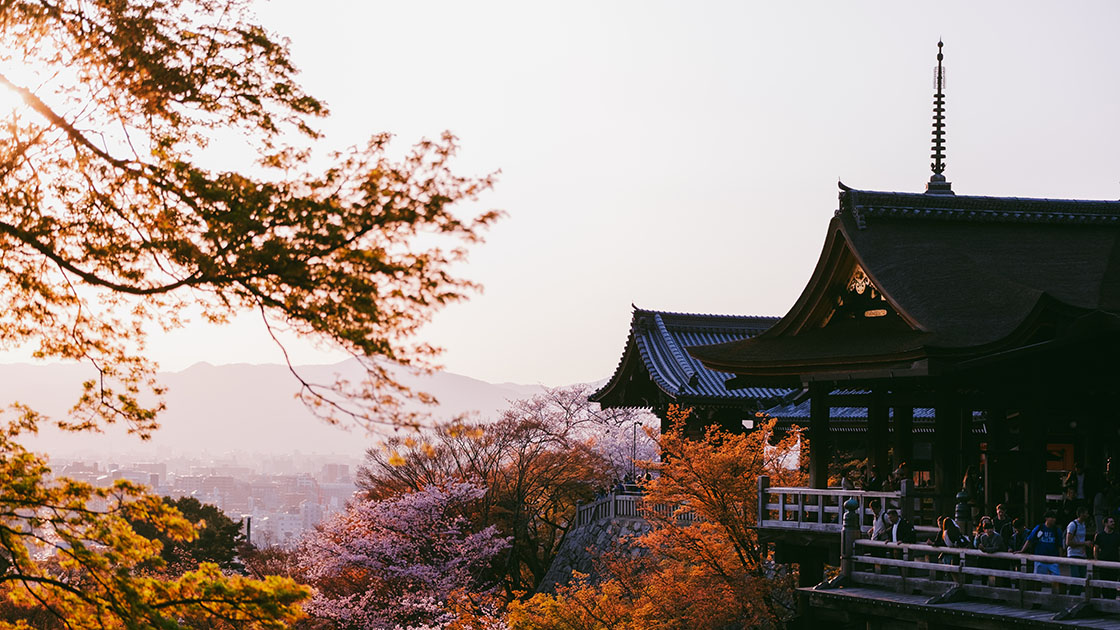
Retrace your steps back downhill, savoring the multitude of little shops in traditional buildings that line the streets, to the striking vermillion architecture of the Yasaka Shrine. Dating back over 1,300 years, it has long served as a spiritual center in Kyoto’s eastern district.
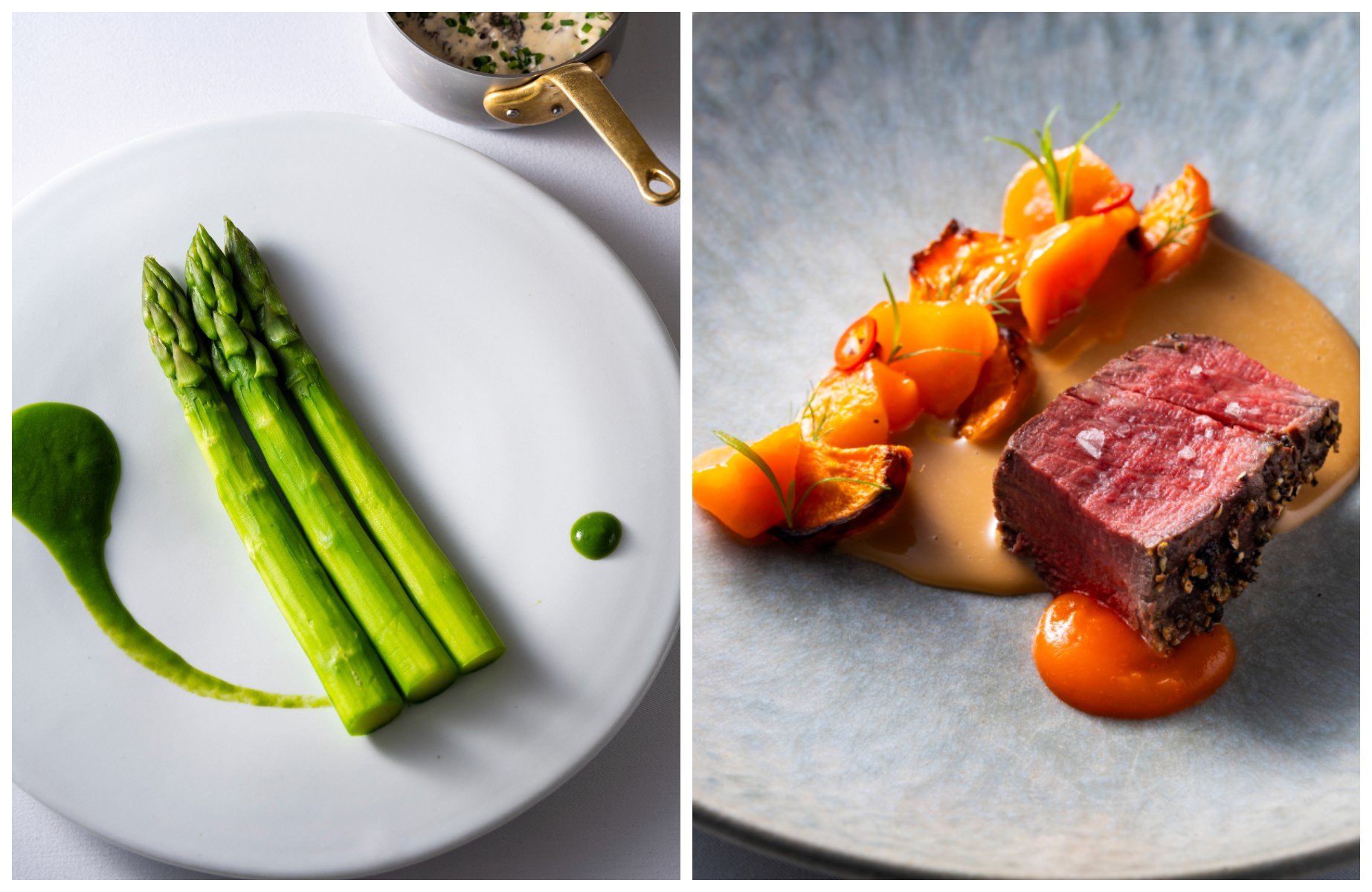
Lunch
You’ll be trying traditional Kyoto fare for dinner, so for lunch we recommend Jean-Georges at the Shinmonzen, a branch of Jean-Georges Vongerichten’s flagship restaurant in New York. Executive Chef Hana Yoon is at the helm here in Kyoto, creating a delightful fusion of French and Japanese cuisine. When creating their menus, Yoon says the aim is to showcase the true beauty of Kyoto's local ingredients with each season.
“Just as craftsmanship is deeply embedded in many aspects of Japanese culture, it is also reflected in the region’s agriculture. I feel incredibly privileged to be connected to the heritage of Kyoyasai, the heirloom vegetables of Kyoto. We have continuously developed dishes that highlight and harmonize with these unique ingredients,” she explains.
Higashiyama is a special place for Yoon. “I love getting lost in the narrow lanes of the Higashiyama neighborhood, always with some cash in hand to buy yomogi mochi, my favorite treat, or other traditional Japanese snacks. There’s something magical about the area, with so many hidden gems like serene temples and charming antique shops that can surprise and delight you when you least expect it.”
Afternoon
Take some time to explore the less crowded northern side of Higashiyama. Tranquil Murin-an is a 19th century garden villa designed by celebrated landscape designer Ogawa Jihei VII. Art lovers will enjoy the Kyoto City KYOCERA Museum of Art, which showcases a wide range of both Japanese and international art in spacious galleries. Relax at the museum’s café, or head to nearby Com-ion, a stylish multipurpose space designed to allow visitors and residents to mingle. Situated inside a beautifully restored machiya, Com-ion includes a casual café with river views and a ceramics shop where you can watch artisans at work.
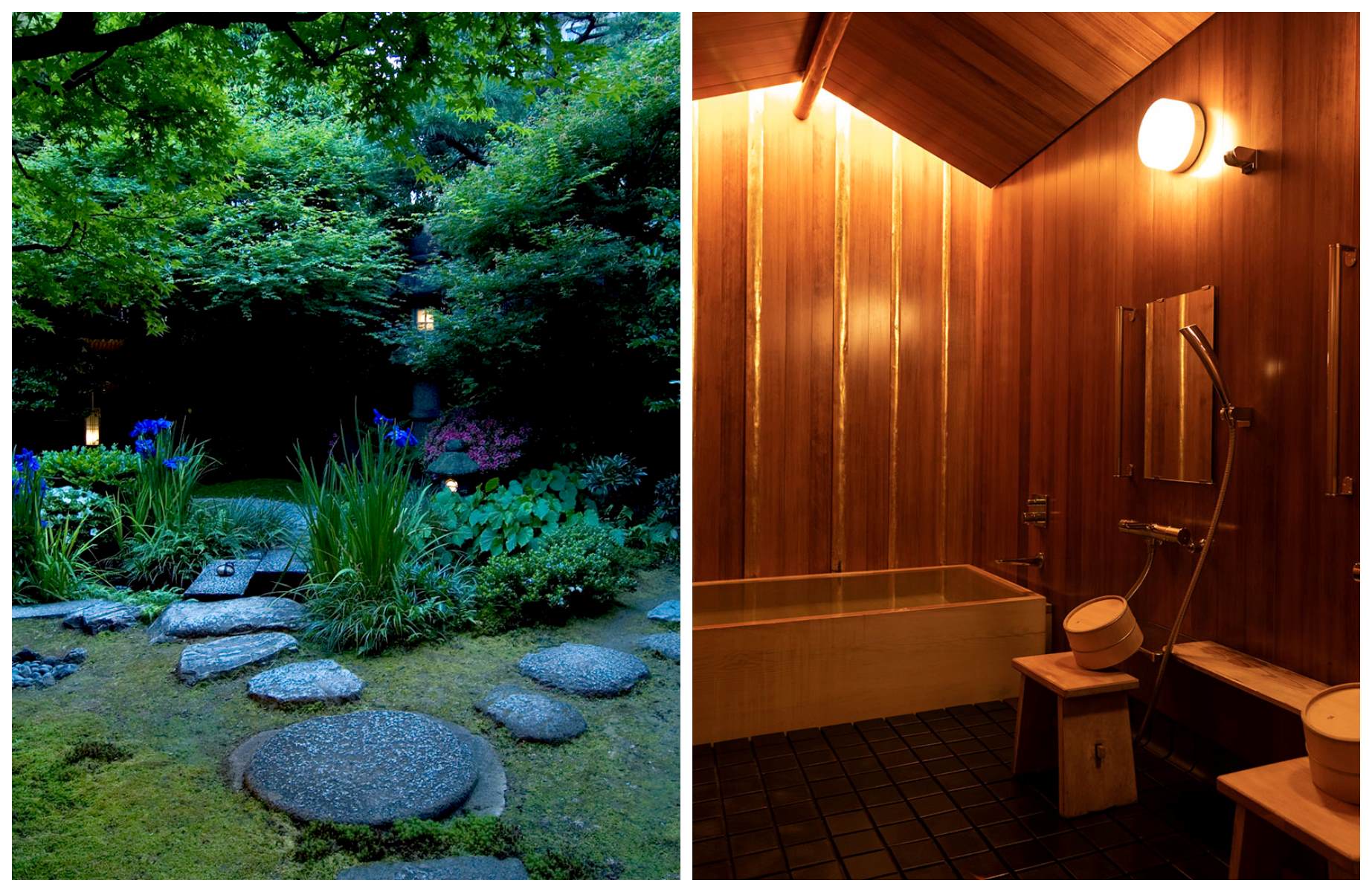
Evening
Experience a traditional Japanese ryokan stay at Hiiragiya, a family-run inn where every detail reflects the spirit of omotenashi, Japan’s thoughtful hospitality that anticipates the needs of each guest. Established in 1861, each of its 24 unique rooms features refined craftsmanship and a private bath. After check-in, settle in for the evening and dine in-house on seasonal multicourse Kyo-kaiseki.
It’s also possible to book a room without dinner. If you would like to venture out and see another side of Higashiyama after dark, we suggest Mizai, located in Murayama Park near Yasaka Shrine. Take a seat at the counter and indulge in an exquisite tasting menu inspired by Cha-kaiseki, an elaborate multicourse meal preceding a traditional tea ceremony.
Day 2: Arashiyama
Arashiyama, on the city’s western edge, enjoys widespread popularity yet retains a more laid-back pace than much of Kyoto. Set against a backdrop of the Katsura River and the Arashiyama Mountains, it offers a chance for exploring more of the city’s cultural heritage from a fresh perspective.
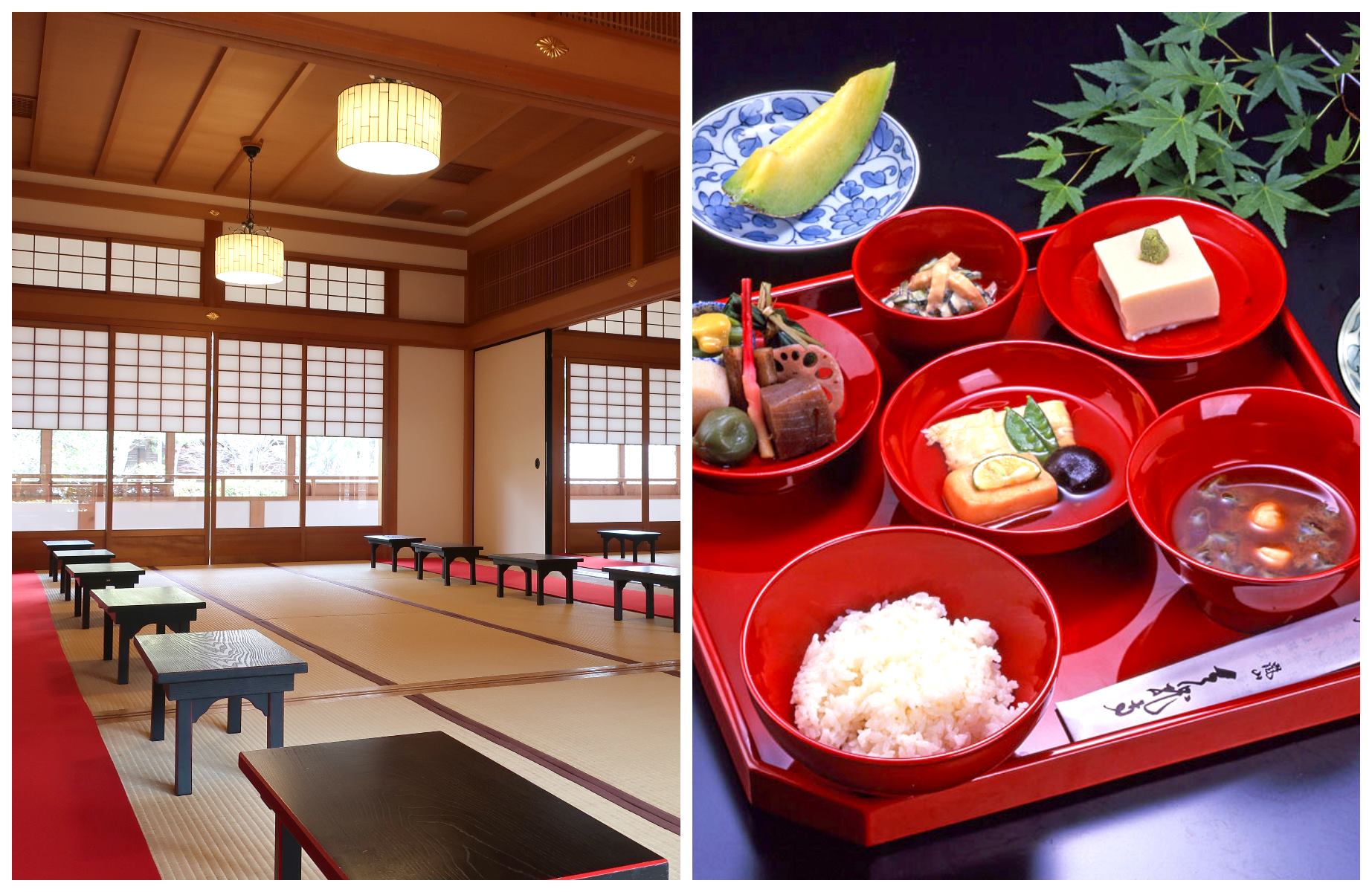
Morning
Start your day with Hiiragiya’s beautifully presented Japanese breakfast, with simmered tofu, grilled fish, freshly steamed rice and homemade pickles. (There’s also a Western-style breakfast if you prefer.) Several combinations of subways, trams and buses can get you to Arashiyama from there.
Upon arrival in Arashiyama, head to UNESCO World Heritage Site Tenryu-ji, the head temple of the Rinzai Zen sect. Take your time admiring this extensive complex: You haven’t got far to go for lunch. Dine on traditional shojin ryori (Zen Buddhist vegetarian cuisine) at Shigetsu, a restaurant set within the temple’s peaceful gardens, where the cuisine emphasizes seasonal ingredients and mindful preparation.
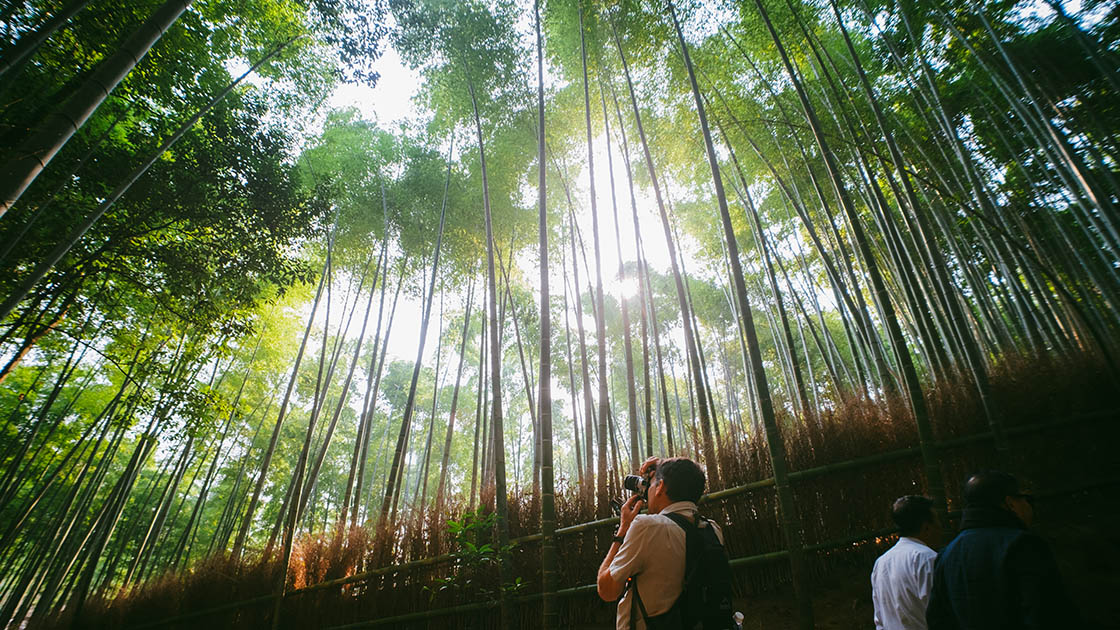
Afternoon
From Tenryu-ji, stroll through the Bamboo Grove, where tall stalks create a serene corridor dappled with shifting light. Although it’s one of Arashiyama’s busiest spots, the grove retains a sense of enchantment. In a few minutes, you’ll come to the Okochi Sanso Villa. The former estate of a Japanese film star, the beautiful gardens are now open to the public and the admission fee includes a cup of green tea in the teahouse.
Time now to head back into town. The area around the Randen tram station has a lot of shops and cafes, as well as the highly photogenic Kimono Forest art installation. Rows of illuminated cylinders wrapped in colorful kimono fabric feature traditional Kyoto designs. It’s also worth coming back at night to see them lit up. The wooden Togetsukyo Bridge is often crowded but it offers nice views of the Katsura River and mountains.
One more attraction to consider is Arashiyama Yusai-tei, the studio of fabric artist Yusai Okuda. A historic riverside building has been transformed into an immersive art gallery that perfectly complements the surrounding natural landscape — and offers stunning photo ops. There is an entry fee, and making a reservation via the website is recommended, especially during autumn foliage season.
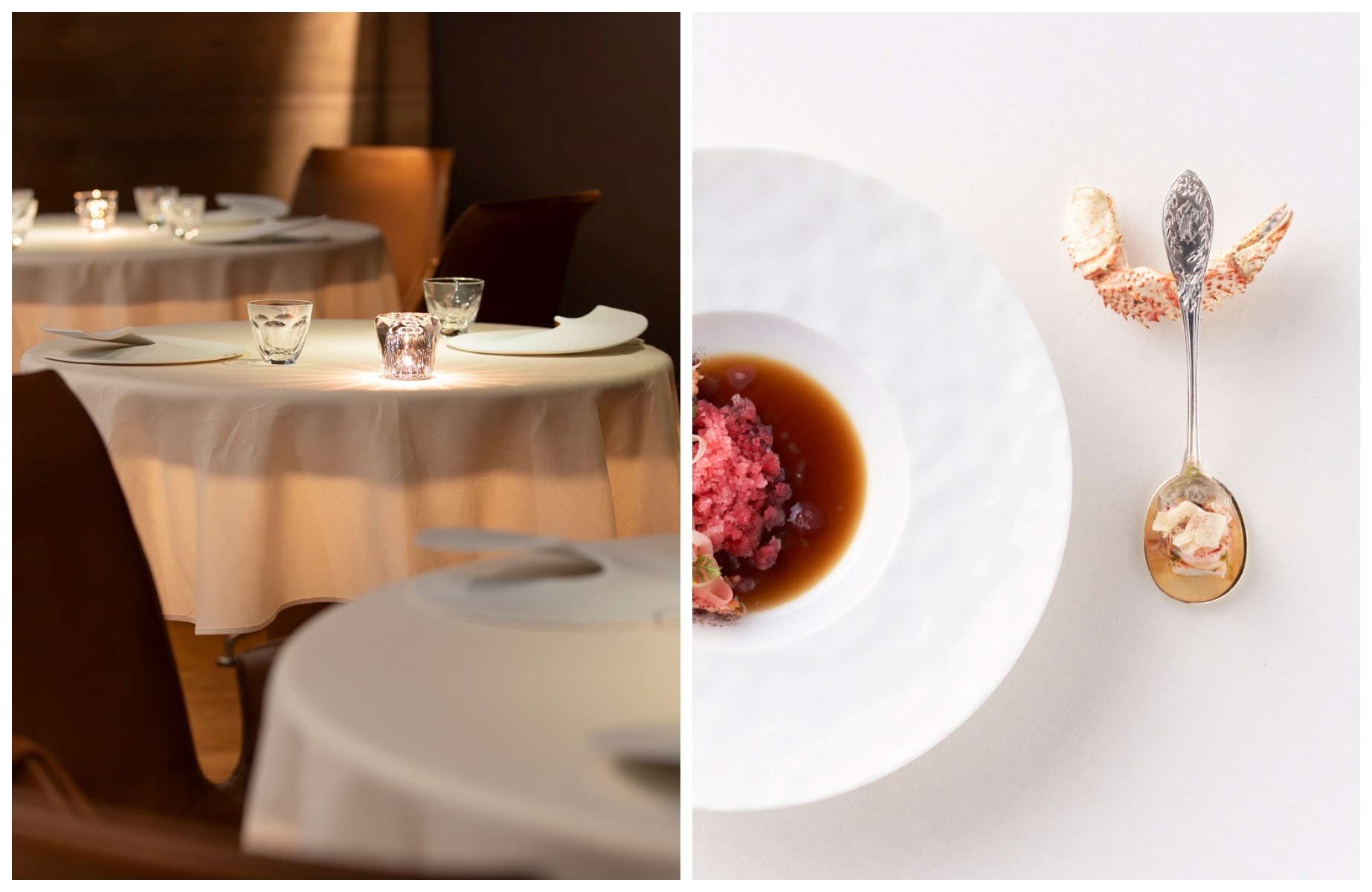
Evening
Wherever you end up wandering, it won’t be far back to Muni Kyoto, where your room and dinner await. Blending modern elegance with a timeless atmosphere, the hotel has two French restaurants: La Terrasse, a bistro serving breakfast and lunch, and Muni Alain Ducasse, our recommendation for dinner. Executive Chef Alessandro Guardiani offers contemporary dishes that combine the refinement of French cuisine with seasonal Japanese fare and a deep respect for Kyoto’s culinary traditions.
Antoine Juhué, director of food and beverages at Muni, says that the hotel’s location in Arashiyama is intertwined with the guest experience. “The natural beauty of the Katsura River, the historic temples and the iconic bamboo forest create a unique sense of place — one that invites reflection, appreciation of tradition and a slower, more meaningful rhythm. Ultimately, our goal is to offer more than luxury accommodation: We aim to provide an immersive cultural experience that celebrates the soul of Kyoto,” he explains.
“What I personally appreciate most about Arashiyama is its rare balance between vitality and serenity,” points out Juhué, who also lives in the area. “Arashiyama is not just a place I work in; it’s somewhere I feel deeply connected to.”
Even if your time in Kyoto is brief, you’re likely to leave with a sense of connection to something timeless: a city where history, culture and tradition continue to quietly inform the present.
Hero Image: Golden hour in Higashiyama, Kyoto — where the warm glow of sunset lights up centuries-old streets rich in culture, history, and culinary tradition, from matcha teahouses to artisanal sweets and seasonal kaiseki delights © Colin Wee / The MICHELIN Guide
